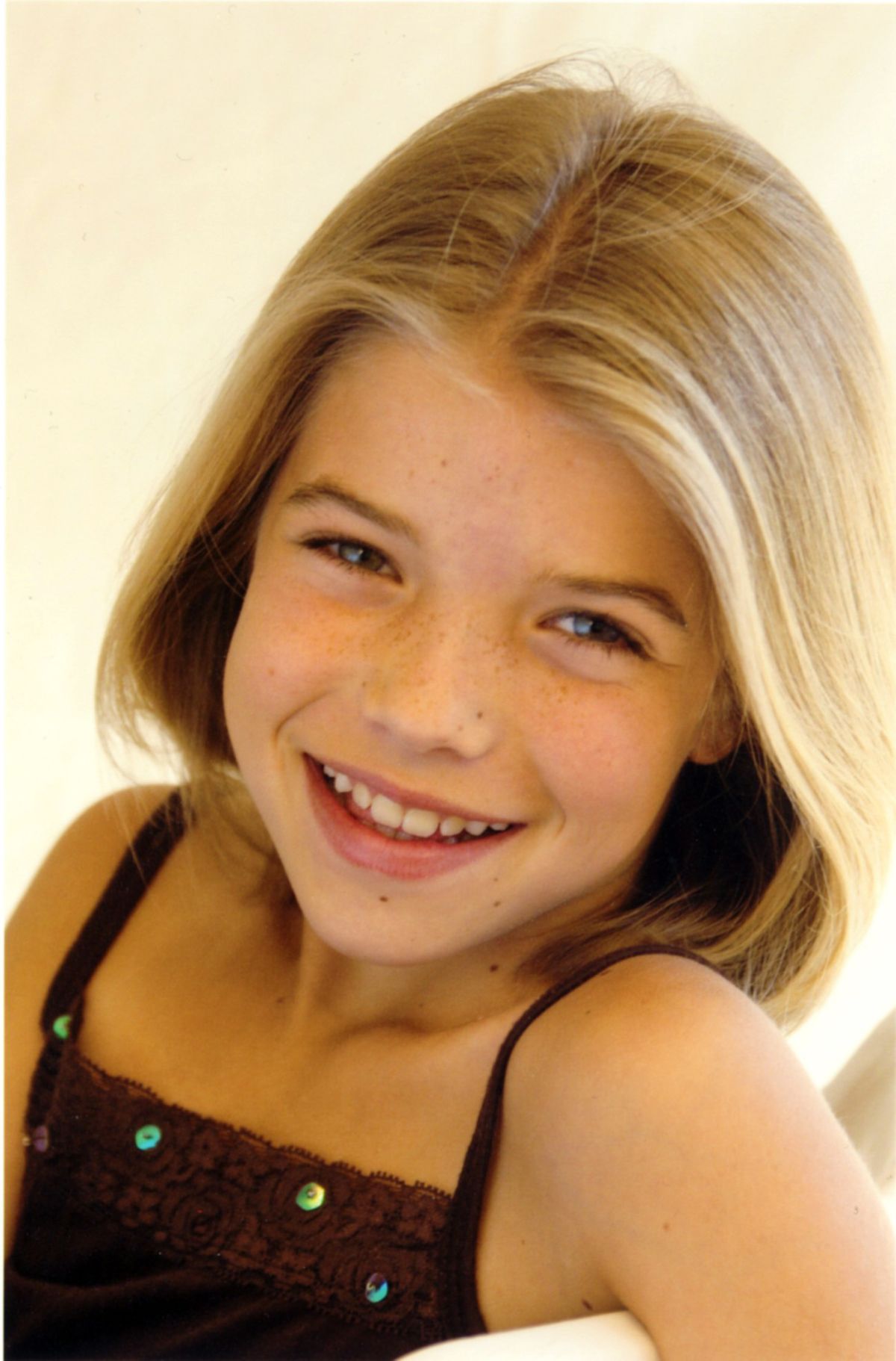Imagine, Olivia on TV
Gray (The Spokesman-Review)
Olivia, the little girl pig with the big imagination, is stepping out of her picture book world into a bold, new and much more colorful life on Nickelodeon.
The eye-popping animated series “Olivia” preserves the twirly drama queen and fashionista’s can-do spirit and love of red stripes while broadening her social life.
Gone is a bit of Olivia’s squirm in Ian Falconer’s award-winning, mega-selling books. The large-headed piglet still wants what she wants – and wants it yesterday – but there’s a touch more patience as she navigates the day-to-day with friends and family.
The babyish voice of Olivia, with just a hint of whine, is pitch-perfect thanks to 12-year-old Emily Gray, a sixth-grader from San Diego.
Emily vaguely remembers reading the books in her preschool days but said she grew fond of the popular porcine after voicing 26 half-hour episodes for the weekday show (11:30 a.m., cable channel 40 in Spokane, 29 in Coeur d’Alene).
“I like how outgoing she is and how she tries new things and doesn’t worry about what everyone else thinks about her and just wants to be happy with herself,” Emily says.
Falconer, who based the character on a real Olivia – his niece – worked closely with creators of the series, says supervising producer Megan Laughton.
Animated Olivia remains as she looks in the books, in a red jumper or sweater with her signature stripes, but she’s set against a subdued color palette that grows richer when she’s daydreaming – something she still loves to do.
Sequences briefly land her in such places as Egypt, the Wild West and outer space.
Laughton considers Olivia to be “just this little girl who has this huge imagination and turns the everyday goings-on of life into this incredibly big adventure. But it’s not for accolades. It’s not for stardom. It’s just how she is.”
Brown Johnson, president of Nickelodeon’s animation unit, said the series is different from the heavy educational hand of “Blue’s Clues,” “Dora the Explorer” and other popular Nick shows.
“Olivia,” she says, is “really about storytelling” without being too “storybooky.”
Falconer has designed costumes and sets for the New York City Ballet, San Francisco Opera and the Royal Opera House in London, but Olivia made him a star.
His first Olivia book was an instant hit in 2000, selling 1 million copies its first year and earning a Randolph Caldecott honor in 2001 for best illustrated children’s book.
Five books followed, generating 6 million more in worldwide sales, accompanied by spinoffs and lots of merchandise. The books are now published in 40 countries and translated into 20 languages.
In 2006, Olivia even got her own U.S. postage stamp in a series honoring favorite children’s book animals.
Olivia is a girly-girl in Falconer’s books. On TV, she acquires some boys as friends and classmates, including the sweatsuit-wearing Julian, a pig with a darker skin tone.
“Diversity in general is really important to us,” Johnson says. “Pigs do come in lots of colors.”
While the books might appeal more to girls, Laughton says kids of both genders have responded positively to the series.
“You never really know until you put it in front of the intended audience,” she says. “They’ve been really engaged with it and really, really connected to Olivia.”


